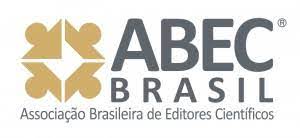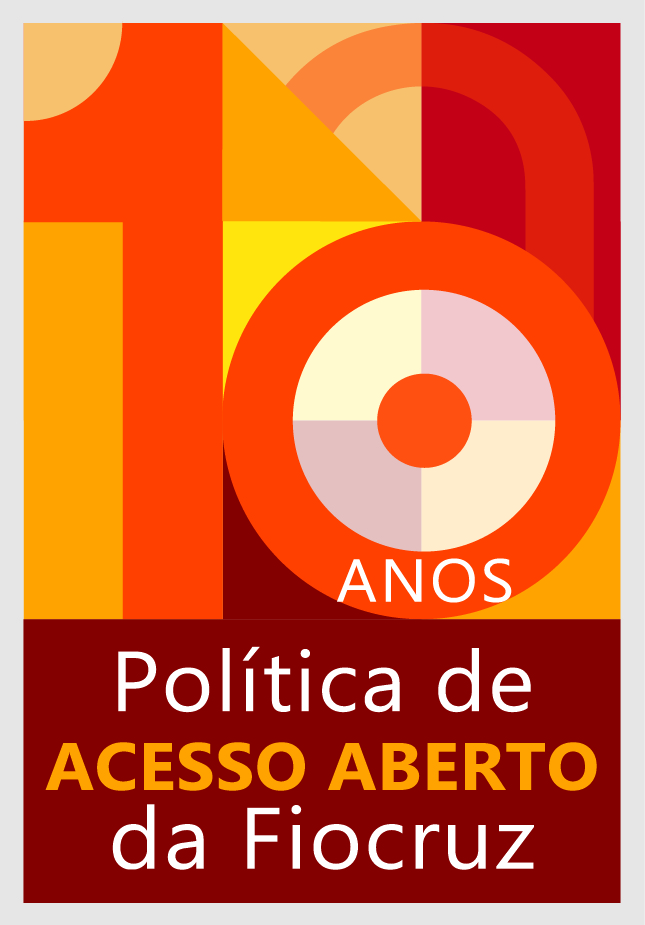Multi-user equipment, core-facilities and technological platforms: the evolution of organizational strategies for translational health research
DOI:
https://doi.org/10.3395/reciis.v6i3.511Palabras clave:
Developing Countries, Health Innovation, Science-Technology Integration, Laboratory Management, Translational researchResumen
This paper examines how institutions organize and manage the research and development (R&D) infrastructure and facilities required to stimulate innovation and convert research into practical applications (‘translational research’). We have focused our analysis on universities and biomedical institutions that have created dedicated facilities to optimize this type of activity either working in isolation or in partnership with the industrial sector. We have detected three main types of infrastructure arrangements: multi-user equipment, corefacilities and technological platforms. Although most of the institutions share a common vision and definition for the first two categories, we have identified different perceptions on the nature, role and mission of existing, self denominated ‘technological platforms’. A review of these structures has led us to propose a unifying categorization and nomenclature system of these critical components of health innovation systems. Based on this conceptual framework we have analyzed the evolution of organizational R&D structures and initiatives of Fiocruz and developed a web-based system for the strategic planning, implementation and management of its network of translational research facilities located in several cities in Brazil. This approach may prove useful for organizations facing similar transitions and challengesDescargas
Cómo citar
Número
Sección
Licencia
Derechos de autor: El autor retiene los derechos sobre su obra sin restricciones.
Derechos de reutilización: La Reciis adopta la Licencia Creative Commons, CC BY-NC atribución no comercial conforme la Política de Acceso Abierto al Conocimiento de la Fundación Oswaldo Cruz. Con esa licencia es permitido acceder, bajar (download), copiar, imprimir, compartir, reutilizar y distribuir los artículos, desde que para uso no comercial y con la citación de la fuente, confiriendo los debidos créditos de autoría y mención a la Reciis. En esos casos, ningún permiso es necesario por parte de los autores o de los editores.
Derechos de depósito de los autores/auto-archivado: Los autores son estimulados a realizar el depósito en repositorios institucionales de la versión publicada con el link de su artículo en la Reciis.












